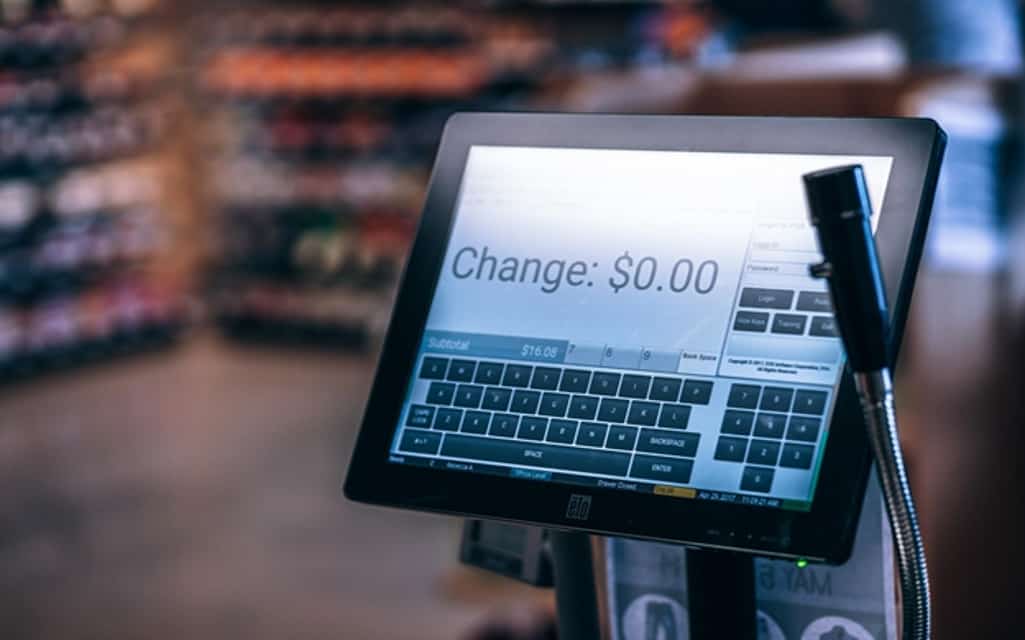POS systems aren’t just a place to exchange money for goods and services. In fact, a great POS system can act as an inventory tracker, financial analytics generator, and marketing tool. The best features of modern POS systems are what make them so incredibly useful to small and large businesses alike. Here are five of the features you should look for in your next POS system.
1. Real-Time Inventory Tracking
The days of tracking your inventory with a pen and paper are long past. Modern POS systems can actually track inventory in real time, so none of your customer’s favorite products run out before you can order more.
This real-time tracking tool makes ordering simpler, as well as tracking faulty or defective products to specific transactions. All of the tracking is completed within the software itself, and with most systems, you’ll receive a notification when inventory for particular items is running low.
Being accountable for your products is a must for your business, and doing so is made easier with electronic inventory tracking. You won’t need to spend hours counting individual items and marking them in a ledger, and you’ll always be aware when stock is running low.
2. Customer Profiles
Many POS systems allow you to create profiles for your customers. Name, phone number, email, and other contact information can be collected for use in marketing (promotional emails or calls) and to notify customers of promotions or sales.
The POS system will securely store this information, and if you’ve got a loyalty program, tracking those points is as simple as scanning the loyalty card and bringing up the customer profile.
This awesome feature turns your POS system into more than just a cash register; it’s your marketing hub and point of connection for customer relationships. Be sure to ask for your customer’s email address or contact info during their visit to keep your system up-to-date.
3. Portable Hardware
Some modern POS systems function on tablets or other portable devices, transforming the traditional static cash register into a mobile point of sale. You can use this feature to keep cashiers on the sales floor since they’ll be able to use the portable card reader and the POS software to check inventory and complete transactions from anywhere. SwipeSimple is great because it works with most mobile devices, as long as they are running iOS, Android, or Windows.
Not only does this put more bodies on the sales floor, but it can also help eliminate long lines and customer frustration. You can show customers your inventory of specific products, and even order more right there on the sales floor.
Without the need for static cashiers, you can cross-train employees to act as customer service representatives/cashiers and therefore reduce labor costs. With a portable system, you’ll always be in contact with your customer base and able to meet their needs accordingly.
4. Employee Reporting
Some point of sale systems include employee reporting tools. Employees can clock in and out at the terminal, and the software can provide valuable insight into employee performance, such as sales numbers and attendance.
Since feedback can be challenging to discuss with employees, this valuable insight will give specific direction on where employees need to improve. You can show them the employee page at the POS terminal, and point out where they excel on the sales floor as well.
These employee reporting tools are accurate, reliable, and extremely valuable when it comes to building the best team possible. Just like customer insight, employee reporting is essential to identifying your employees’ wants, needs, and strengths and weaknesses.
5. Returns and Refunds
The return process can be stressful for both parties. Back inventory, defective products, and returning money are all touchy subjects that can create both confusion and frustration on the customer end as well as the business end.
The best POS systems have easy refund tools to help make this process as simple and efficient as possible. Your inventory will be automatically updated, (provided the product is in good enough condition to return to the inventory) and a refund will be issued immediately.
You’ll likely be able to provide several return options for your customers, depending on the software you’re using. Cash returns, debits, and store credit are the standard options, but you can also offer exchanges within the terminal, and your inventory will be updated in real-time.
Your customers will be grateful for a smooth returns process, especially one that doesn’t hold up the line and add more pressure to the transaction. We’ve all been in the position where we’ve wanted to return an item, only to find the process to be a grueling twenty-minute ordeal in which a half dozen other customers are tapping their feet behind us. Uncomfortable is almost an understatement.
Which One Is Right For Me?
While choosing the right POS system would warrant another article entirely, we can offer some simple suggestions to help you make the right choice. The five features mentioned above are the best that POS has to offer, but you’ll want to make sure your POS system has a few other features as well.Security for one should be a top concern. Carefully review the company’s security measures to ensure your customer’s data will receive maximum protection while it’s in your system. Also, you’ll want to make sure the system you choose has a dedicated support staff behind it to assist you with any issues that may arise while using the software.



